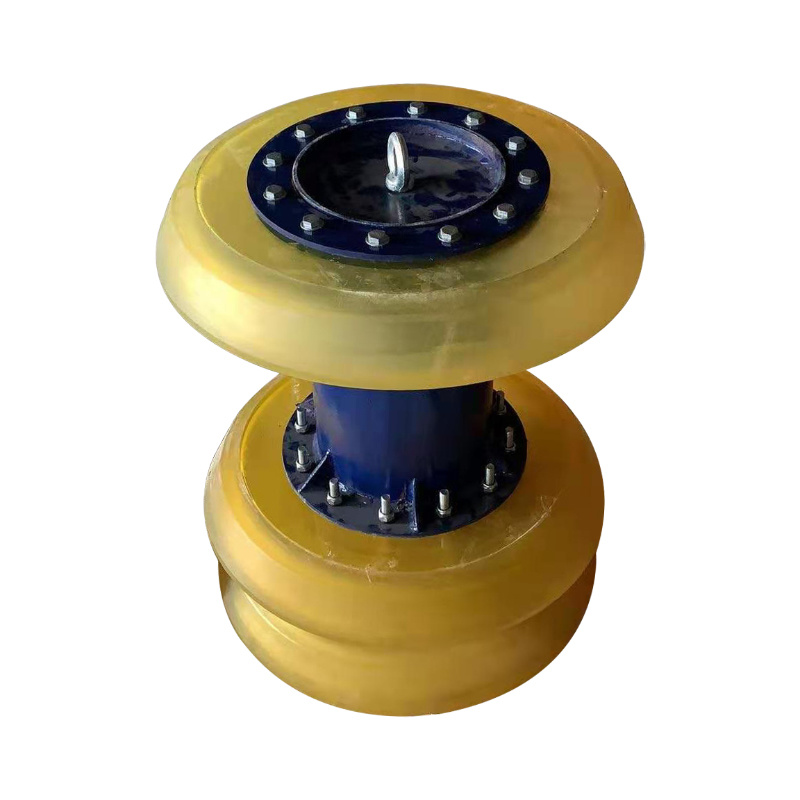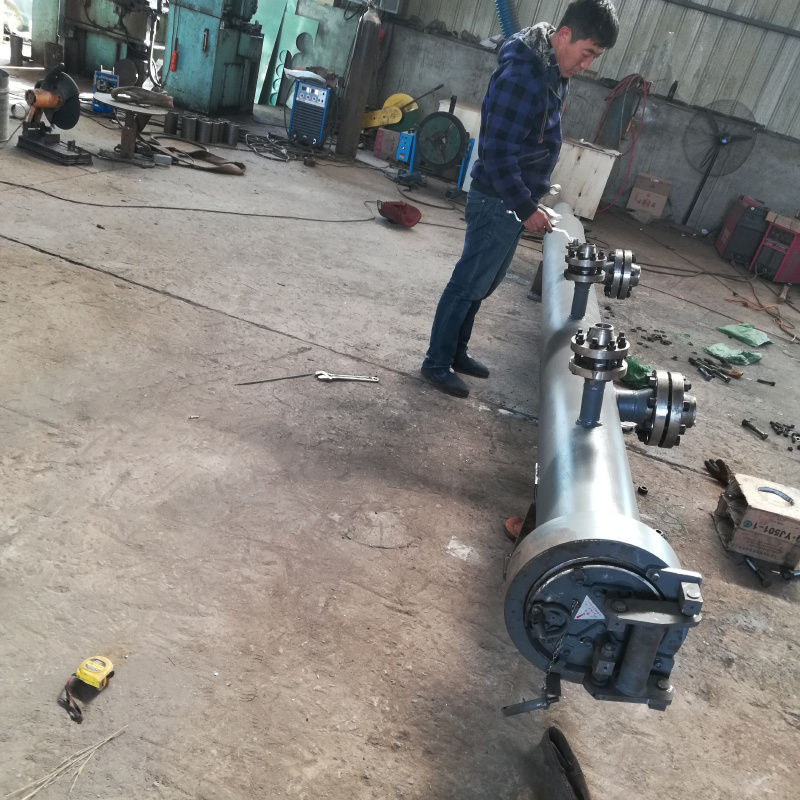The Essential Guide to Gas Pipeline Pressure Pluggers: Ensuring Safety and Efficiency
Oct 08,2025
Gas pipeline pressure pluggers are vital components in the construction and maintenance of pipeline systems. These devices play a significant role in ensuring the safety and efficiency of gas transportation by temporarily sealing pipeline sections during maintenance or testing. Understanding the functionality and importance of these pressure pluggers is essential for professionals in the construct

Gas pipeline pressure pluggers are vital components in the construction and maintenance of pipeline systems. These devices play a significant role in ensuring the safety and efficiency of gas transportation by temporarily sealing pipeline sections during maintenance or testing. Understanding the functionality and importance of these pressure pluggers is essential for professionals in the construction and decoration materials industry, particularly those specializing in pipeline systems and auxiliary materials.
The primary function of a gas pipeline pressure plugger is to isolate a section of the pipeline, allowing for maintenance work to be conducted without interrupting the overall gas flow. This isolation is critical for safely conducting repairs, inspections, or pressure tests. By using a pressure plugger, operators can effectively manage the internal pressure of the pipeline, minimizing the risk of leaks or accidents during maintenance operations.
When selecting a gas pipeline pressure plugger, several factors should be considered. The size and material compatibility with the existing pipeline are crucial to ensure a secure fit and prevent any potential leaks. Additionally, the pressure rating of the plugger must match or exceed the operational pressure of the pipeline to ensure safety and reliability. It's also important to select a plugger that is easy to install and remove, as efficiency is key during maintenance tasks.
In terms of application, gas pipeline pressure pluggers are commonly used in various scenarios, including routine maintenance, emergency repairs, and pressure testing. In each case, the plugger helps maintain the integrity of the pipeline while work is being performed. This not only ensures the safety of the personnel involved but also protects the surrounding environment from potential gas leaks.
Best practices for using gas pipeline pressure pluggers include regular inspections to check for wear and tear and ensuring that they are correctly rated for the specific application. Proper training for personnel on the installation and removal processes is also essential to prevent accidents and ensure a smooth workflow. Moreover, keeping an inventory of various sizes and types of pressure pluggers on hand can expedite maintenance activities and reduce downtime.
In conclusion, gas pipeline pressure pluggers are indispensable tools within the construction and decoration materials industry, particularly for those involved in pipeline systems. Their role in maintaining safety and ensuring efficient operations cannot be overstated. By understanding their functionality, proper application, and best practices, industry professionals can significantly enhance the reliability of gas pipeline systems.
The primary function of a gas pipeline pressure plugger is to isolate a section of the pipeline, allowing for maintenance work to be conducted without interrupting the overall gas flow. This isolation is critical for safely conducting repairs, inspections, or pressure tests. By using a pressure plugger, operators can effectively manage the internal pressure of the pipeline, minimizing the risk of leaks or accidents during maintenance operations.
When selecting a gas pipeline pressure plugger, several factors should be considered. The size and material compatibility with the existing pipeline are crucial to ensure a secure fit and prevent any potential leaks. Additionally, the pressure rating of the plugger must match or exceed the operational pressure of the pipeline to ensure safety and reliability. It's also important to select a plugger that is easy to install and remove, as efficiency is key during maintenance tasks.
In terms of application, gas pipeline pressure pluggers are commonly used in various scenarios, including routine maintenance, emergency repairs, and pressure testing. In each case, the plugger helps maintain the integrity of the pipeline while work is being performed. This not only ensures the safety of the personnel involved but also protects the surrounding environment from potential gas leaks.
Best practices for using gas pipeline pressure pluggers include regular inspections to check for wear and tear and ensuring that they are correctly rated for the specific application. Proper training for personnel on the installation and removal processes is also essential to prevent accidents and ensure a smooth workflow. Moreover, keeping an inventory of various sizes and types of pressure pluggers on hand can expedite maintenance activities and reduce downtime.
In conclusion, gas pipeline pressure pluggers are indispensable tools within the construction and decoration materials industry, particularly for those involved in pipeline systems. Their role in maintaining safety and ensuring efficient operations cannot be overstated. By understanding their functionality, proper application, and best practices, industry professionals can significantly enhance the reliability of gas pipeline systems.
PREVIOUS:








